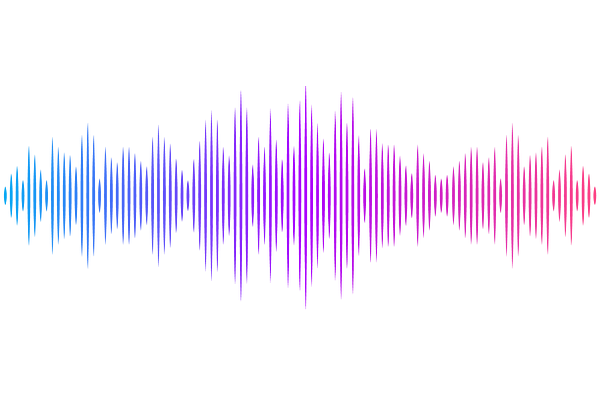Closed-form expression for the directions of maximum modulation depth in temporal interference electrical brain stimulation.

Closed-form expression for the directions of maximum modulation depth in temporal interference electrical brain stimulation.
Corazza, M. F.; Turovets, S.; Muravchik, C. H.
AbstractIn temporal interference (TI) electrical brain stimulation (EBS), an emerging neuromodulation technique, the interference of two high-frequency currents with a small frequency difference is used to target specific brain regions with better focality than in standard EBS. While the magnitude of the modulation depth has been previously investigated, an explicit formula for the directions in which this modulation is maximized has been lacking. This work provides a novel closed-form analytical expression for the orientation of maximum modulation depth in TI EBS. We also found a secondary orientation where the modulation depth has a local maximum and provide closed-form analytical formulas for this orientation as well as for the modulation depth along this orientation. To our knowledge, this is the first published closed-form expressions for these specific orientations in the context of TI stimulation. We mathematically derive these compact formulas and validate them through comprehensive computational simulations using a realistic human head model. Our simulations demonstrate that the modulation depth predicted with our new analytic direction formula of maximum modulation depth is indeed the maximum compared to other directions. The derived closed-form expression offers a faster and more precise alternative to numerical iterative optimization methods used in previous studies to estimate this direction. We also provide a complete analytical derivation of the widely used (Grossman et al., 2017) formula for the maximum modulation depth magnitude. Furthermore, we found that due to interference in 3D, the modulation depth along the secondary maximum orientation can be of similar strength than the maximum modulation depth intensity when interfering electric field vectors are significantly misaligned. Finally, we show that by modifying the ratio of the injected current strengths, it is possible to steer these directions to fine tune the stimulation along a desired direction of interest. Overall, this work represents a detailed treatment of TI electrical fields in 3D. The presented closed-form expressions for the directions of maximum and secondary maximum modulation depths are relevant for the better interpretation of both simulated and experimental results in TI studies by allowing comparison with neuronal orientations in the brain.